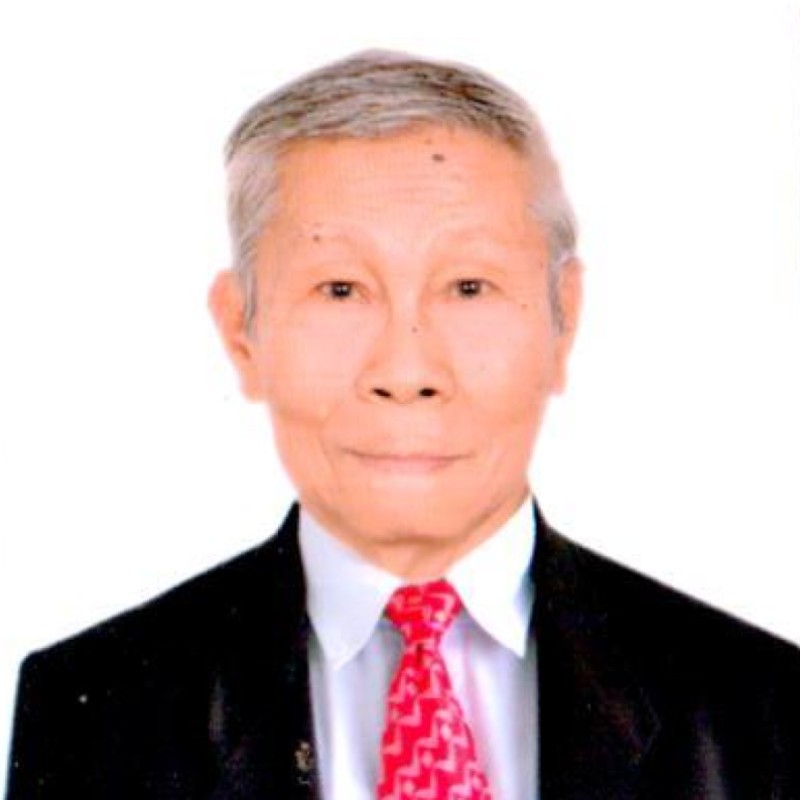GLIMPSES & GAZES
By Severino C. Samonte
PHA sets conference on Filipino people's struggles for nationhood
Share
When the Philippine Historical Association (PHA) conducted its 2023 Annual Conference at the historic Metropolitan Theater in Manila on Aug. 31-Sept. 2, I have an ardent wish that the delegates will exert their best efforts to settle and put to rest the decades-old debates over certain aspects of the Filipinos' campaign for independence from Spanish occupation in the 1890s.
This early, I am certain that numerous books would be written later about the various topics and subjects that would be discussed thoroughly during the three-day conference. And hopefully, such books would put an end to the controversies over the 1896-1898 Revolution that "need to be restudied, to be reinterpreted, or even resolved."
According to its website, the PHA was founded on Sept. 18, 1955 by a group of prominent historians, among them, Teodoro Agoncillo, Encarnacion Alzona, Celedonio Ancheta, Gabriel Fabella, Esteban de Ocampo, Nicolas Zafra, and Gregorio Zaide. Their aim was to establish a scholarly association of historians devoted to the propagation of historical knowledge and studies, principally pertaining to the Philippines.
Dr. Ma. Luisa T. Camagay, present PHA president, said the theme of the forthcoming conference is "SANGKAPILIPINUHAN: Retrospections on Independence and Nationhood." She added that this year's theme is in solidarity with the 125th anniversary of Philippine Independence and Nationhood on June 12.
"As the country commemorates its 125th anniversary of independence and nationhood, it is important to reflect on the historical and continuing struggles that have defined its journey towards self-determination and progress. This event also provides an opportunity for reflection on the country's past and present conditions," Camagay said.
The PHA itself, in its call for submission of discussion papers for the conference, said: "The Philippines, moving forward into the 21st century, continues to be plagued by unresolved controversies, contradictory directions, and contentious perspectives on Philippine nationhood."
There are indeed a number of controversial aspects in the Philippine history that need to be corrected or rectified. These include where and when the outbreak of the 1896 Revolution against Spain actually happened.
In the book "The Cry of Balintawak: A Contrived Controversy" written by Dr. Soledad Borromeo-Buehler and published by the Ateneo De Manila University Press in 1998, there were several places listed as the sites of Katipunnan meetings and armed engagements from Aug. 21-27, 1896. Among these places were Kangkong, Pasong Tamo, Pugad Lawin, Balara, Balintawak, Banlat, Bahay Toro and Caloocan.
The book author, Buehler, is a professional historian and granddaughter of Gen. Guillermo Masangkay, one of the closest comrades of Gat Andres Bonifacio in the Kataas-taasang, Kagalang-galang na Katipunan ng mga Anak ng Bayan (KKK). She had studied the so-called Masangkay papers thoroughly and became the basis of her book.
Incidentally, almost all of the places mentioned in her book as sites of the important meetings or early armed engagements of the Katipuneros were part of the former town of Novaliches. It must be pointed out that Quezon City was not yet in existence at that time, being founded only in October 1939 by then Philippine Commonwealth President Manuel L. Quezon.
In his book titled "Bones of Contention" published in 2014 by Anvil Publishing Inc,, noted historian-professor and former National Historical Commission of the Philippines (NHCP) Chairman Ambeth R. Ocampo also cited some controversial episodes of the 1896 Revolution involving Balintawak and Pugad Lawin, among several other places.
For one thing, Ocampo noted the conflicting dates and places where Bonifacio and the other Katipuneros tore their "cedula" or residence certificate.
"Officially, and since 1962, it has been celebrated on August 23, 1896 in Pugad Lawin. Traditionally, before 1962, it was commemorated on August 26, 1896 in Balintawak. On this matter, tradition dies hard," he said.
Meanwhile, as I was writing the concluding paragraphs of this column, I came across the latest column of veteran journalist Yen Makabenta under the title "Observer" and subtitled "It makes sense to revert the republic's name to Filipinas" (from the present Philippines) in the June 8, 2023 issue of the Manila Times.
Here's the first paragraph of Makabenta's column:
"Nobody screamed 'historical revisionism' back in the 1960s when President Diosdado Macapagal by proclamation on May 12, 1962, and the Congress by legislation on August 4, 1964, made the bold decision to move the annual commemoration of Philippine Independence Day from July 4 to June 12 in recognition of the transcendental importance of the establishment of the Philippine Republic by the revolutionary government under Gen. Emilio Aguinaldo in Kawit, Cavite on June 12, 1898."
Comments
About the Columnist

He began his journalistic career by contributing to the Liwayway and Bulaklak magazines in the 1960’s. He was the night editor of the Philippine News Service when Martial Law was declared in September 1972. When the Philippine News Agency was organized in March 1973, he was named national news editor because of his news wire service experience.
He retired as executive news editor in 2003. He also served as executive editor of the Malacanang-based Presidential News Desk from 1993 to 1996 and from 2005 to 2008.
